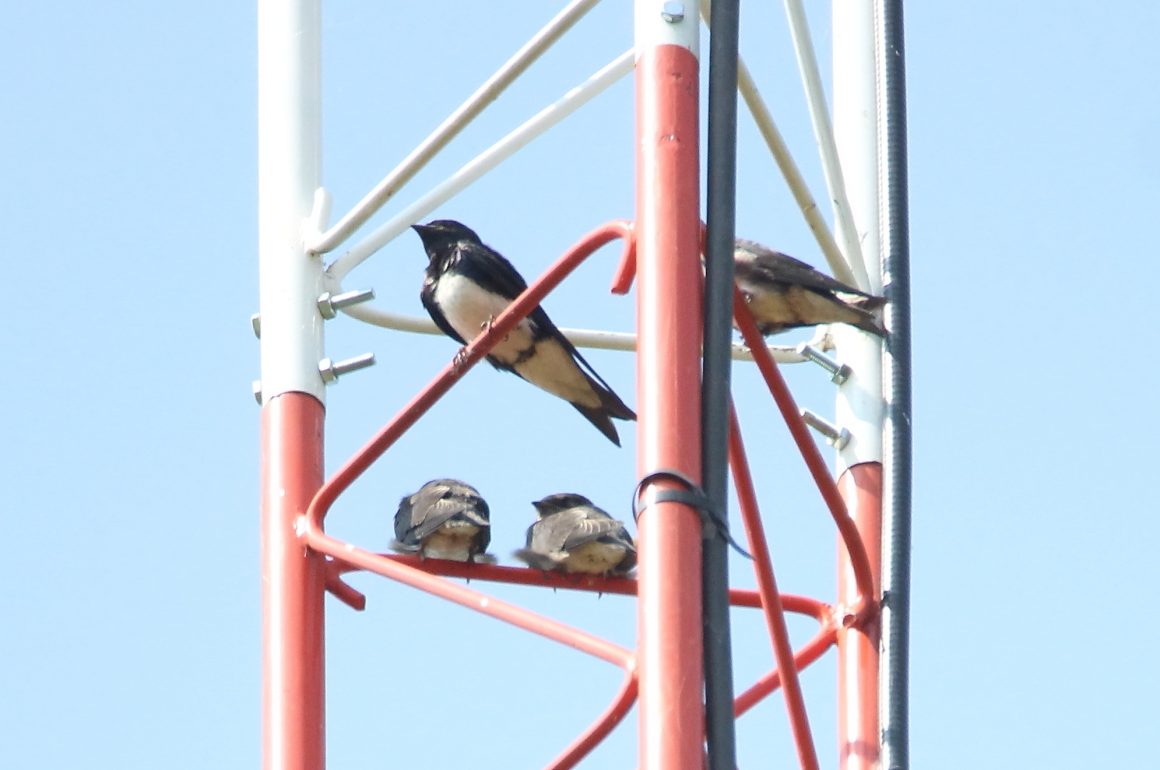
As I have mentioned repeatedly over the past months, life this spring has gone topsy-turvy in central Mexico, as we experience what has certainly been one of our driest years in history. So it was with heart in hand that several of us drove one hour downhill to the town of Paso Ancho, to check up on one of Mexico’s rarest and least-understood birds.
The Sinaloa Martin is a large swallow, which seems to breed only along a narrow band of the Sierra Madre Occidental, in the Mexican states of Sinaloa, Durango, Nayarit, and Jalisco. It sports the intense purple back and head of its close relative, the Purple Martin, which is found in much of North America (summer) and South America (winter). Unlike the Purple Martin, however, it has a bright white belly, with males showing a sharp and elegant division between the two colors. It is almost identical to the geographically distant Caribbean Martin. Since this latter martin appears to winter in northern South America, and no one knows where the the Sinaloa Martin winters, it has been suggested that the two species might winter together there.
Nine years ago I sighted a handful of Sinaloa Martins in the small Michoacán town of Paso Ancho. I have now seen the species in eight different years. Since 2020, when I figured out that it only appears there in July, I have managed to see it every year. As other birders accompany me each year on this pilgrimage, and we each file individual reports, almost a quarter of all of eBird’s current total 165 listings for this species are from this one little town. I suspect that about half of all the photos on that platform are also from this site. As we have seen much larger numbers there than have been registered anywhere else, I suspect that Paso Ancho may be a spot where these martins gather, prior to migrating together.
We made our 2024 pilgrimage on Monday, July 8th. This time I went with ornithologists Jonathan Vargas and his wife Fany, botanist Ignacio Torres, and one other amateur like myself. But would we find our martin friends, after such a difficult year?
The usual spot for seeing large numbers of martins (up to 50, in 2022) yielded only three individuals. Two were immature, still begging for food from a single male:
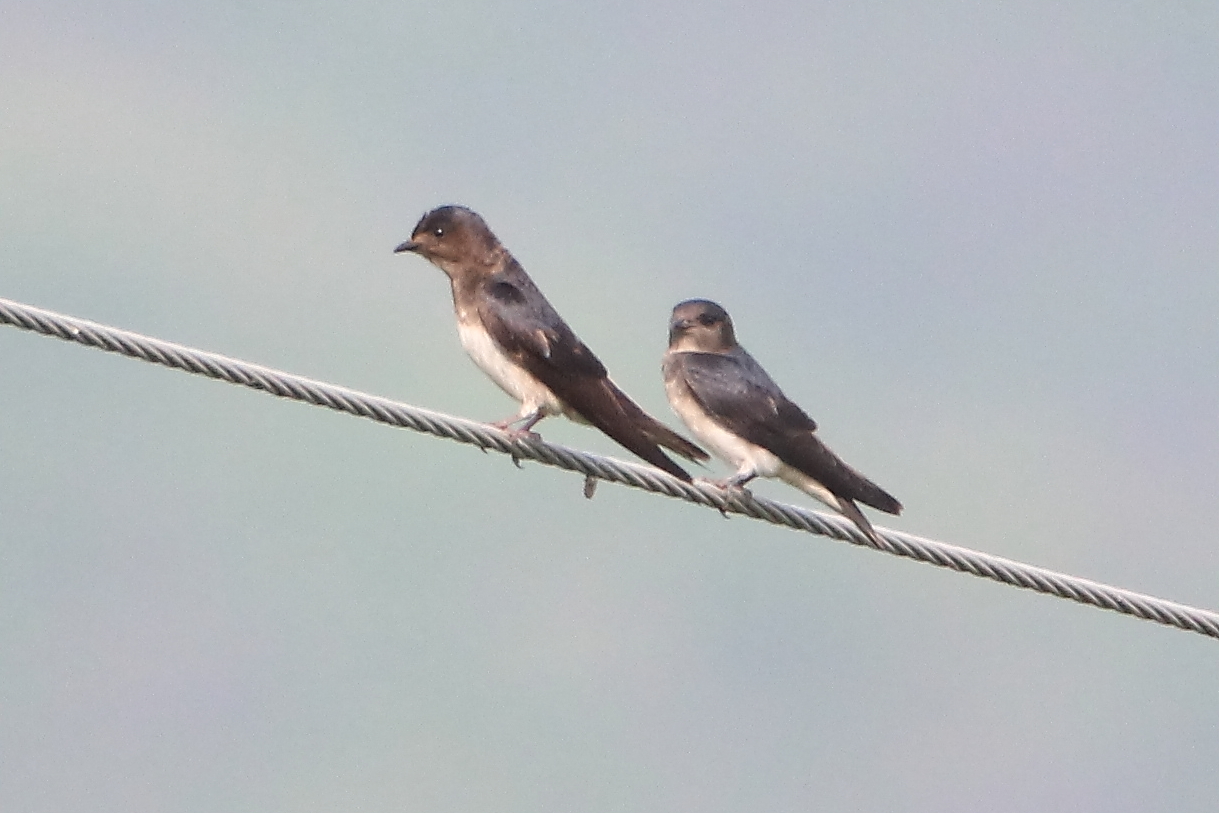
After observing these individuals for a while, and chasing these or another three to a nearby site, we noticed a larger concentration around a communications tower which I had never before noticed. It took us a while to access the tower, through an open gate and next to a nice house. We asked the elderly couple that live there for permission to pass, which they kindly gave. In fact, I suspect that our visit may have been the highlight of their week; they chatted for as long as we allowed, and invited us back anytime.
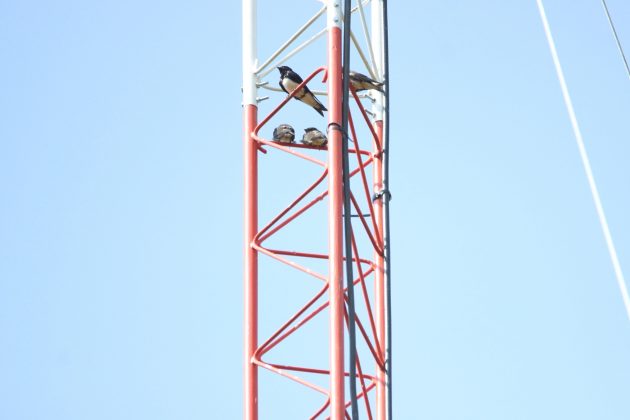
This tower seems to be quite the social center for the martin season. Youngsters begged, adults fed them, males manifested their excess testosterone by fighting, and adult females observed their combat. We counted 12 martins at one time.
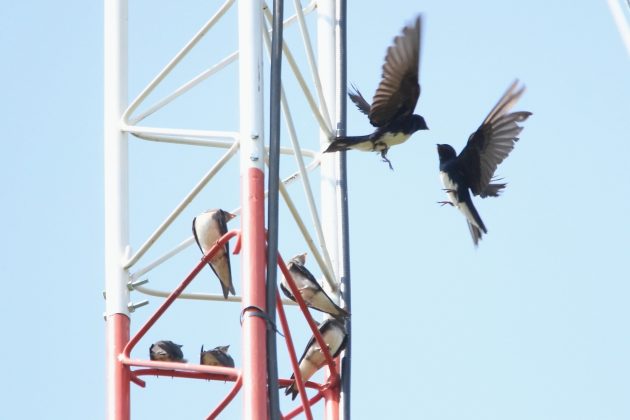
In the end, we saw somewhere between 12 and 20 individuals for the day, depending on how many were repeats. Not great compared to, say, 2022, but not bad, considering 2024’s grim conditions.
Of course, Paso Ancho is also a hotspot for many other beautiful species and endemics. We had good sightings of a pair of Sulphur-bellied Flycatchers, one of central Mexico’s few summer-only migrants.
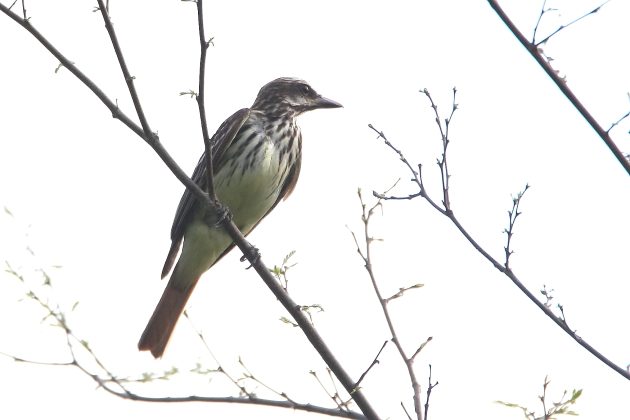
The Orange-breasted Bunting is one of Mexico’s most beautiful endemics. But the Black-chested Sparrow is also rather handsome, for a sparrow, and has an even smaller range.
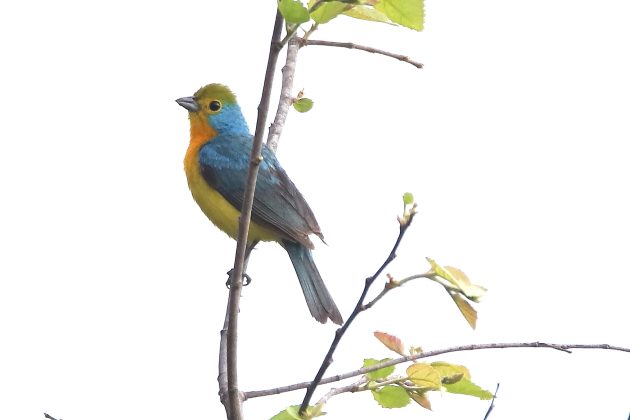
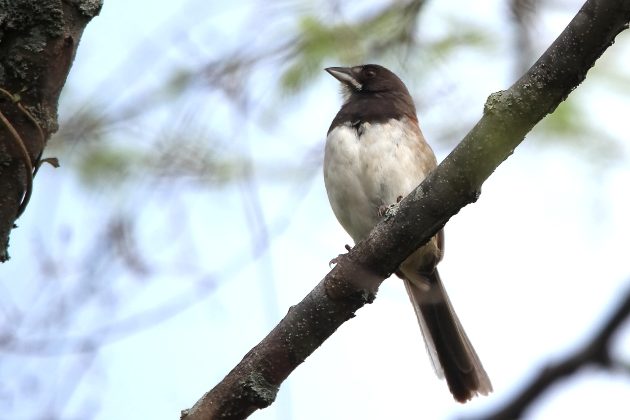
Motmots definitely make up one of the bird world’s glamour families. Western Mexico offers only one, the endemic Russet-crowned Motmot.
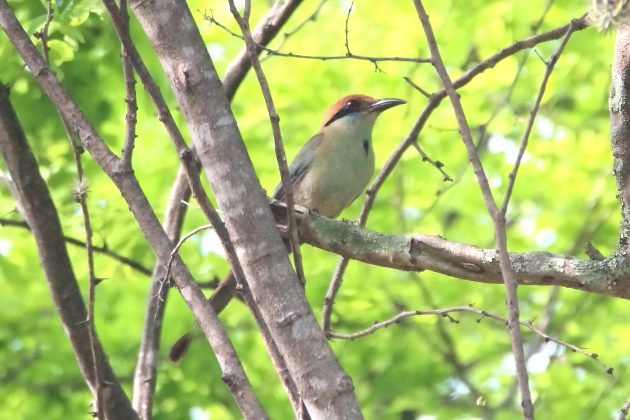
The male Bronzed Cowbird shows what a single showy accessory, in this case a bright red eye, can do for an otherwise drab outfit:
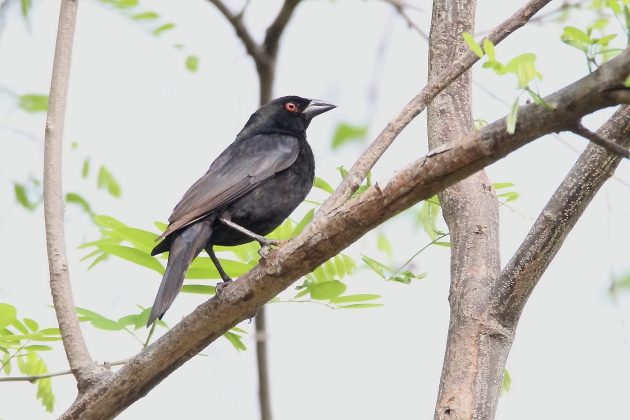
It wasn’t a bad day for raptors, including good sightings of two Short-tailed Hawks, and poor views of a much more difficult Hook-billed Kite.
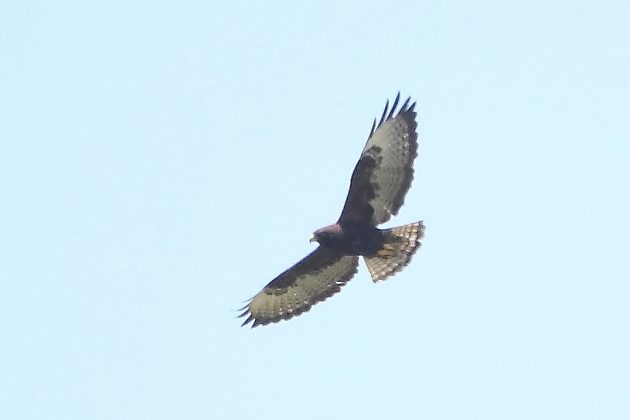
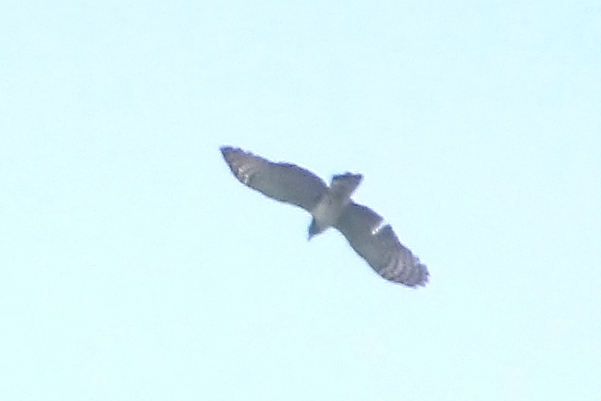
Although our sightings were too brief for photos, it’s always a treat to see a group highly endemic Banded Quails; and the presence of Mangrove Cuckoos so far from their namesake mangroves is rather fascinating. The cuckoo’s distinctive call followed us throughout the morning.
A final treat for the day involved the opportunity to purchase a few bonete fruits, named for their supposed similarity to the shape of a bishop’s bonnet. I personally think they look more like aerial bombs. I had wondered about how this fruit tasted ever since I observed Yellow-winged Caciques and Golden-cheeked Woodpeckers eating them, and then heard that people eat them as well.
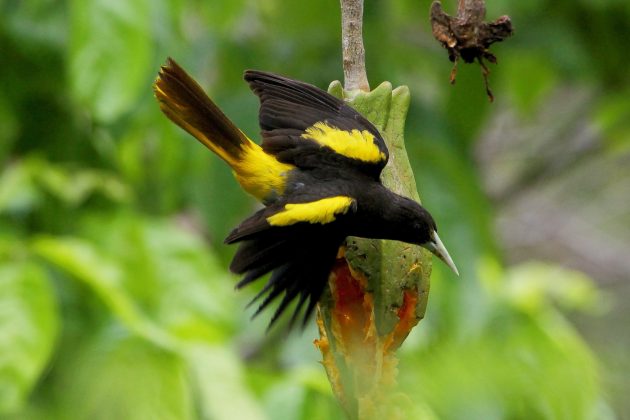
Photo from 2020
Although bonetes are related to papayas, their flavor and consistency turns out to be more like that of a passion fruit. Not bad, as long as you have a high tolerance to spitting out seeds.

As a final note, Mexico is on its way to a very solid rainy season this summer. Never before have I wished for flooding as in this year.

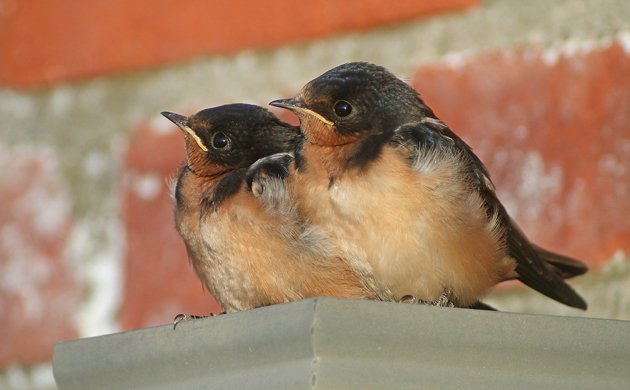
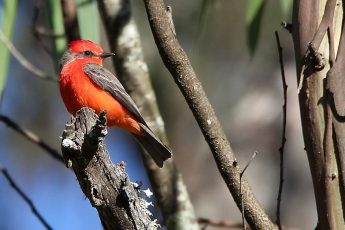






Nice post once again. I wish you much rain!